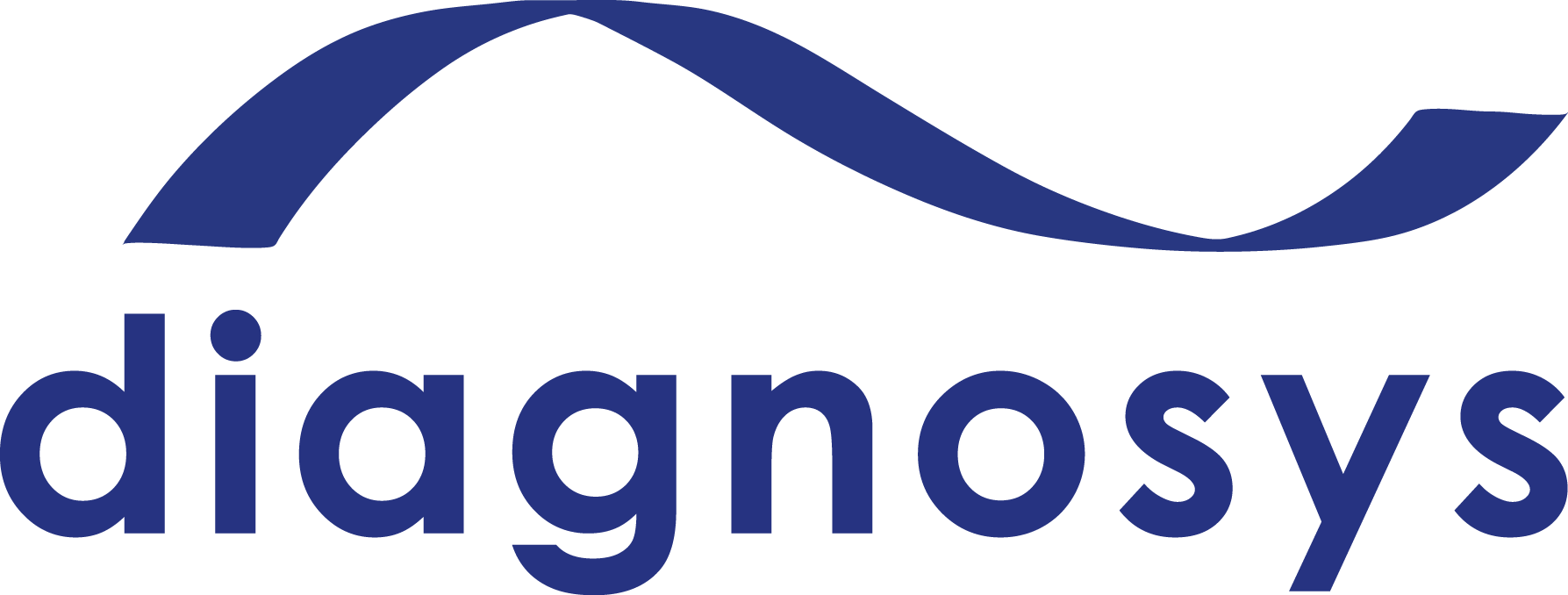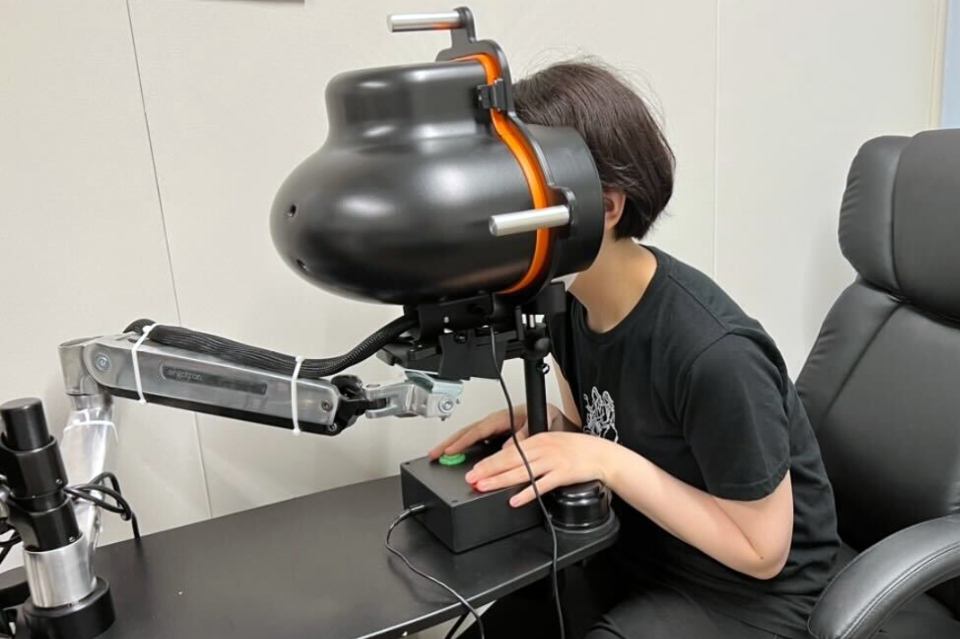Featured Image: Diagnosys FST system at the Laboratory of Photobiology, Keio University School of Medicine. Image courtesy of Dr. Yusaku Katada, chief executive officer and co-founder of Restore Vision.
At this year’s ARVO meeting, the full-field stimulus test (FST) continued to be a topic of interest. The following items made our list of the top three. Dr. Christine Kay, MD, discussed how FST results aligned with multi-luminance mobility test (MLMT) performance in a clinical trial of a prospective treatment for Leber congenital amaurosis. Similarly, researchers in Japan found that FST results closely matched the outcomes of tests that used object recognition, coordination, and spatial awareness tasks to evaluate ultra-low vision in patients with retinitis pigmentosa. Meanwhile, a team from Kellogg Eye Center demonstrated the potential for the central stimulus threshold (CST) test, a variation on the FST, to be a more sensitive outcome measure for macular-targeted therapies.
FST as an Endpoint in Clinical Trials
Dr. Christine Kay, a vitreoretinal surgeon actively involved as a principal investigator in 30 clinical trials, delivered a presentation on the use of the FST as a clinical trial endpoint for severe retinal diseases. She introduced the FST as a psychophysical method for measuring luminance threshold across the entire retina and explained how red and blue light stimuli can be used to distinguish rod and cone function. Dr. Kay emphasized FST’s growing role in clinical research, particularly as a measure of visual function for patients with severe retinal disease, where traditional visual acuity assessments fall short. Dr. Kay’s talk was recorded and can be viewed at this link.
FST vs. MLMT in Leber Congenital Amaurosis
Drawing from her involvement in the trial of ATSN-101 from Atsena Therapeutics, Dr. Kay shared insights into the study’s design and outcomes. This study, which was published in The Lancet, utilized both the FST and MLMT as outcome measures, which led to the study’s conclusion that high-dose treatment showed significant improvements in light sensitivity across all tested wavelengths. While these findings speak to the potential efficacy of the therapy, Dr. Kay also highlighted FST’s utility as a reliable and quantitative measure for assessing visual function in patients with low vision and poor fixation. Dr. Kay also highlighted ongoing efforts by the Foundation Fighting Blindness and regulatory working groups to advance FST as a potential approvable endpoint in clinical trials for inherited retinal diseases.
FST vs. Mobility and Table Tests in Retinitis Pigmentosa
A separate group of researchers from Keio University and Tokyo Medical Center, in collaboration with Restore Vision Inc., presented a poster assessing visual function in ultra-low vision from retinitis pigmentosa (RP). The study evaluated how the FST compared to independently developed mobility and table-based tasks assessing object recognition, eye-hand coordination, and spatial awareness. This study showed that the FST can reliably measure residual vision in such RP subjects. FST results closely matched performance on functional tasks like mobility and object recognition, highlighting its relevance to daily activities. It also helped differentiate levels of impairment in patients with only light perception or no light perception. The authors noted that while promising as a clinical endpoint in therapy trials, the study was limited by a small sample size and methodological differences across tests.
FST vs. CST to Better Assess the Function of the Macula
Another group from the Kellogg Eye Center presented a different idea, experimenting with CST, which is a novel method based on FST but focuses on the central 32° of the retina. They compared CST to FST in patients with inherited retinal disease. The researchers aimed to determine whether CST offers distinct or complementary insights compared to the broader, global measure provided by FST. Results suggest that CST offers a more targeted assessment of macular function than FST, particularly in cases of severe or uneven visual field loss. These findings support CST’s potential as a valuable outcome measure for therapies targeting the central retina.
The FST’s Simplicity is its Strength
Ongoing research continues to show that the FST correlates well with perceived visual function. This has been confirmed through multiple tests designed to simulate activities of daily life, including mobility tests, visual recognition of objects and shapes, and hand-eye coordination. As this evidence continues to build, the FST has the potential to become a primary surrogate endpoint in clinical trials. Thanks to its success and simplicity, the FST may continue to inspire the development of promising new modalities such as CST, which appears to yield improved sensitivity in tests of the macular region of the retina.

